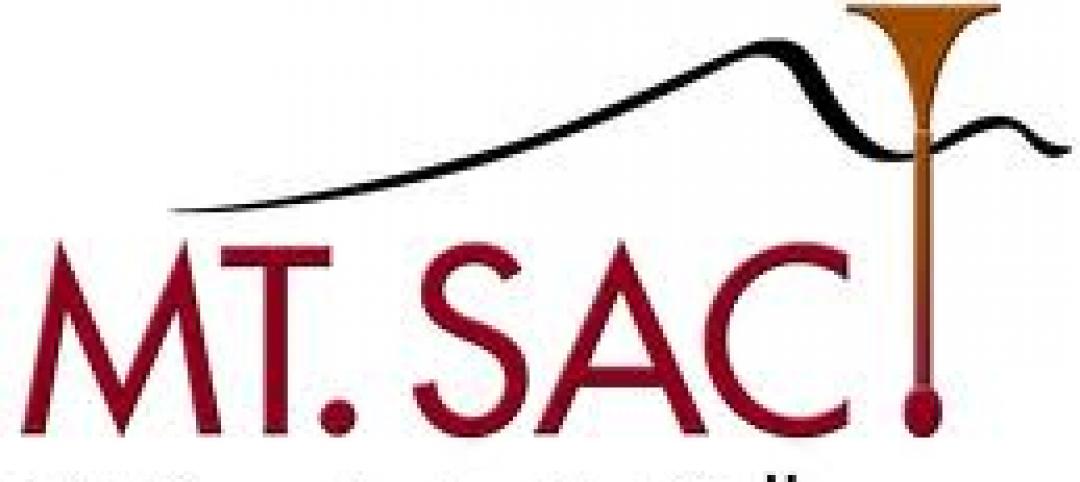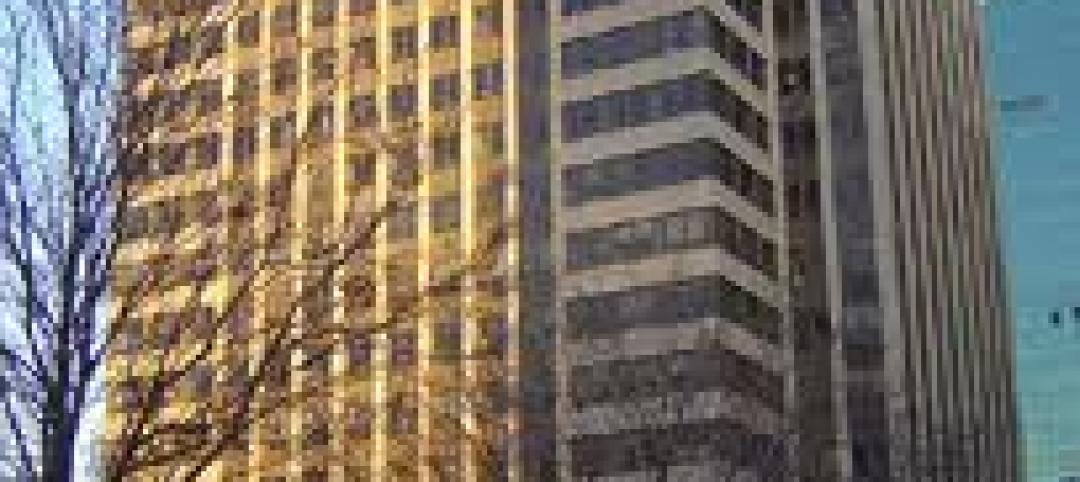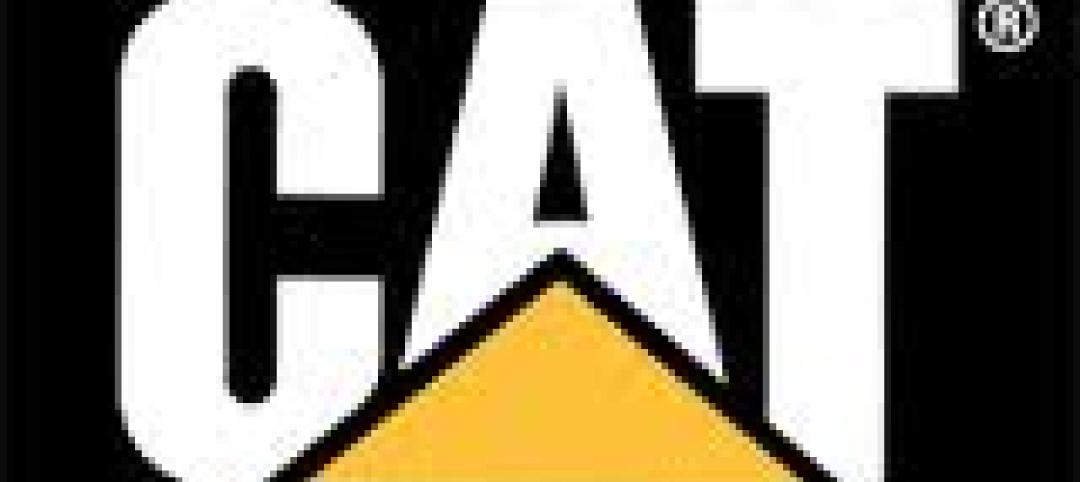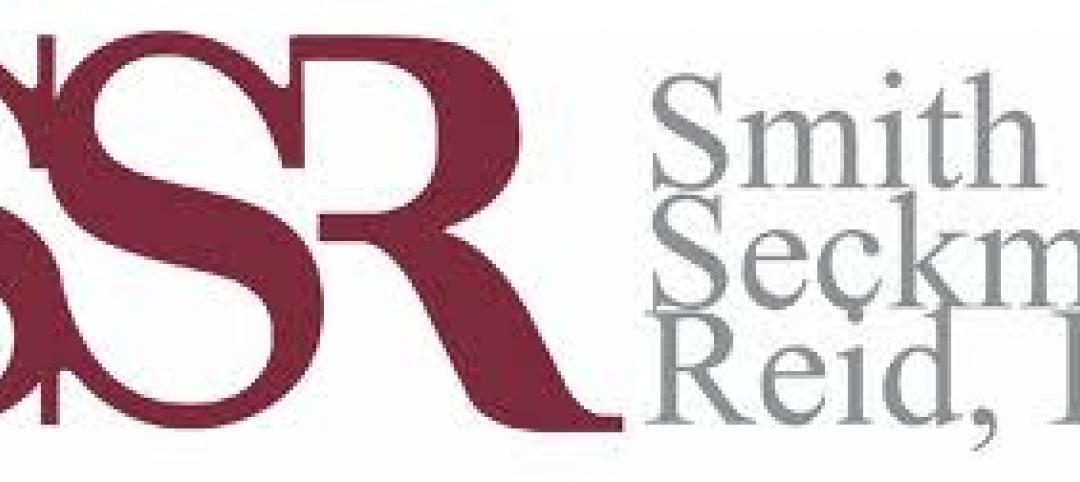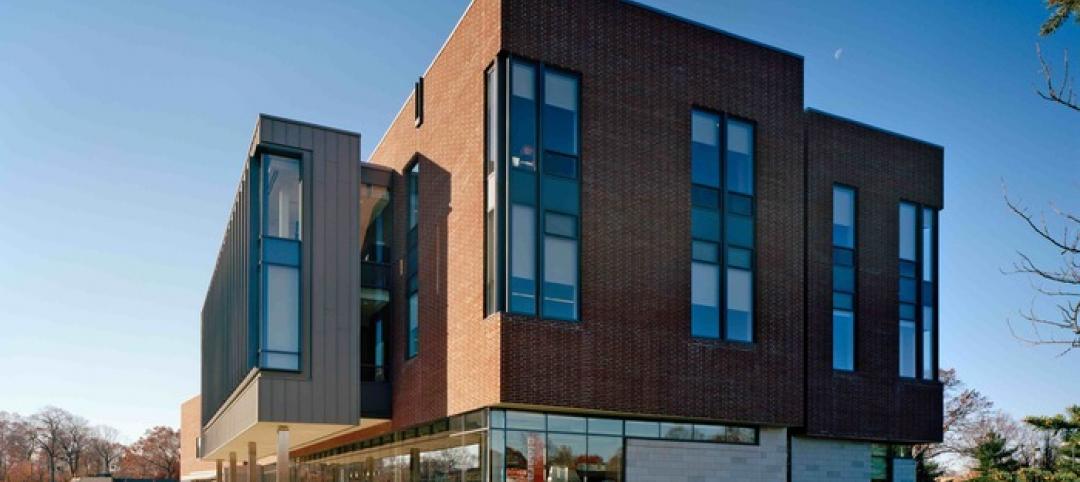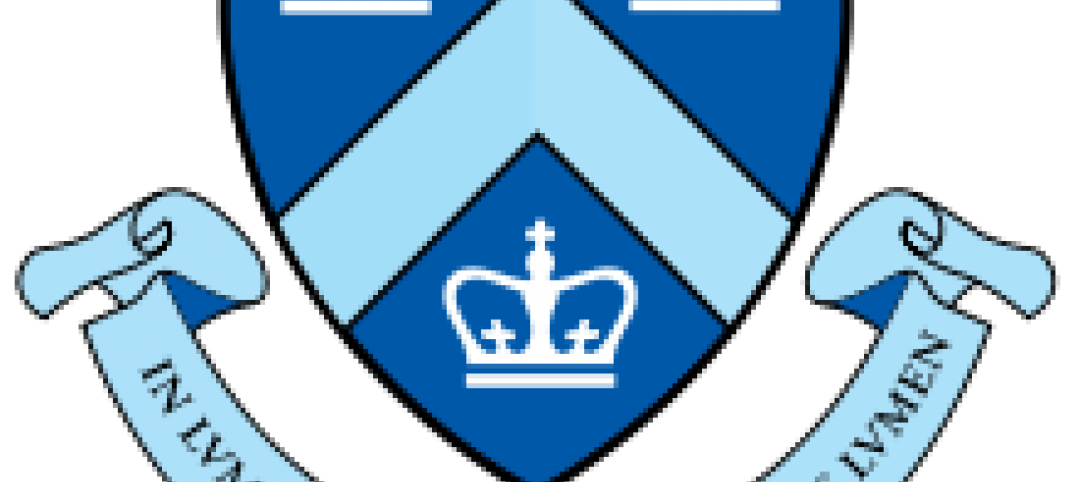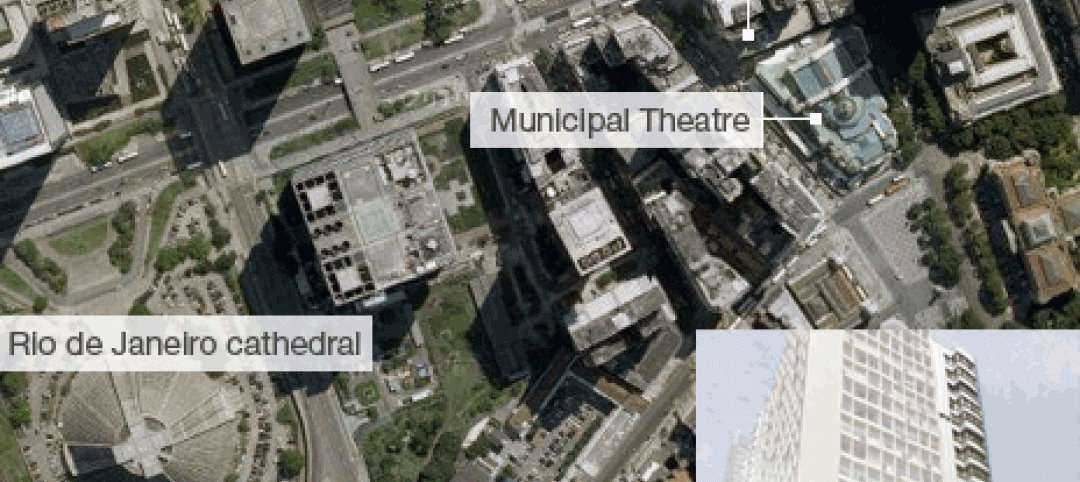According to independent product testing by the Department of Energy (DOE), LED is proving to offer viable alternatives to conventional lighting in many popular applications. As a young technology, LED lighting has certainly come a long way in a short time, but it does carry risks, just as any new technology would have.These risks can be mitigated by being an educated consumer — not just about LED, but about lighting in general — to ensure that these new products fit properly into their intended applications.
LED lighting offers many benefits: high efficiency, long life, compact size, no mercury, no filaments or arc tubes to break, and no heat or ultraviolet energy in its transmission. The designer should understand principles of good lighting and consider the complete story of a lighting product, including attributes such as color quality, luminaire spacing, form factor, light pattern, compatibility between devices and controllability. The designer should also understand the application so as to put all of these attributes into context for a good fit. Deep understanding will reveal the right choice of technology and product. The more demanding the lighting application, the greater the need for a high-quality product in this get-what-you-pay-for era in LED lighting.
The designer should get to know the technology through education and experimentation with samples. Even though LED luminaires may appear in familiar forms such as recessed downlights, they behave differently than conventional sources. One of the most important differences is lumen depreciation. LEDs exhibit a higher level of lumen depreciation than many conventional light sources, with ambient heat being a major consideration, since heat buildup in the LEDs degrades light output. A well-designed product with good thermal management (known as heat sinking) will maintain higher light output over time. Dimming also results in cooler operation and can support lumen maintenance. Some products feature on-board lumen management capability, using dimming to maintain constant light output over the life of the product.
Modules that incorporate the LED engine, heat sink and driver in a single unit enable replacement without having to change the entire LED luminaire. Satco Products’ Kolourone module shown.
Lumen depreciation is typically indicative of the failure mode, with products rated at L70, L80, etc. This indicates rated life in hours at a point where light output has degraded to 70 or 80 percent of the original rating and so on. In applications where maintaining target light levels is critical, the product should have some type of end-of-life indicator or the owner must otherwise take responsibility for replacing the product when it is no longer properly serving the application. The driver may also fail, providing a clear end-of-life signal.
What will actually be replaced is determined during specification. LED luminaires are typically integrated devices consisting of the LED light engine, heat sink, driver electronics and luminaire. This means at end of life, the entirety of a fixture will need to be replaced. A growing number of products offer modular designs isolating the LED engine, heat sink and driver as separate components that can be serviced or upgraded. This provides a durable luminaire while enabling it to be upgraded as source technology continues its rapid development. Some products are based on a proprietary platform, with the owner tied to a single manufacturer, while some are based on Zhaga specifications, which offer the luminaire as an open platform with interchangeability among vendors.
Another example of how LED is different than conventional lighting is in color quality. Color rendering ability of conventional light sources is expressed using the color rendering index (CRI). The shortcomings of this popular metric have been accepted for decades but are more pronounced with LED lighting, which has a spectral emission distinct from conventional sources. As a result, some red-blue-green LED combinations suffer low CRI ratings even though they may visually appear right. Conversely, CRI may be high while the source is visually poor to the eye. Alternative metrics such as the Color Quality Scale have been proposed but are not yet widely accepted. At this time, there is no substitute for sampling a product to see firsthand how it renders skin tones and other critical colors.
The above discussion raises a final point. When evaluating LED products, it is useful to become familiar with new industry metrics designed to address the unique characteristics of the technology. IES-LM-79-2008, for example, details a testing standard for total light output, luminaire efficacy, chromaticity, color temperature and other characteristics. IES-LM-80-2008 lays out a method to test lumen depreciation for LED packages, modules and arrays from 6,000 to 10,000 hours, while IES-TM-21-2011 provides a procedure for extrapolating this data to estimate light output to end of life.
It’s an exciting time for the lighting industry as LED and other SSL technologies continue to fight their way to the forefront of many specifications. These technologies offer many benefits, but designers should be cautious about selecting product. Fortunately, many resources are now available to enable educated decisions.
LED RESOURCES
Government and industry have invested considerable resources to protect consumers during this time of market transformation. These resources provide designers with valuable tools they can use to identify and evaluate quality LED products.
DOE SSL Program: The DOE SSL program includes a variety of market transformation activities and free reports, including independent product testing, product demonstrations, market analysis and other useful information and tools. Learn more at
www.ssl.energy.gov.
Lighting Facts Label: Lighting Facts is a voluntary labeling program that provides a quick snapshot of lighting performance in a consistent format based on standardized testing. Thousands of products use it.
Learn more at www.lightingfacts.com.
ENERGY STAR: ENERGY STAR is another voluntary label that indicates that a given product performs as well as the conventional lighting product it is intended to replace, while saving energy. Covered products include some categories of commercial and residential luminaires, as well as retrofit lamps. Learn more at www.energystar.gov.
Qualified Products List: The Qualified Products List, maintained by the DesignLights Consortium, goes beyond ENERGY STAR to include 19 product categories and numerous performance aspects. Some utilities rely on the Qualified Products List to identify products suitable for rebates. Learn more at www.designlights.org.
Next Generation Luminaires Design Competition (NGLDC): The NGLDC is a commercial luminaire design competition that recognizes many of the best LED fixtures in the market based on rigorous criteria. Learn more at www.ngldc.org.
Lighting for Tomorrow: Lighting for Tomorrow is an awards program similar to the NGLDC, but it honors products geared to the residential market. Learn more at www.lightingfortomorrow.com.
Related Stories
| Jan 30, 2012
Siemens and Air-Ex Team deliver building controls training to Mt. San Antonio College students
Siemens contributes training modules and technology to support hands-on courses.
| Jan 30, 2012
Hollister Construction Services to renovate 30 Montgomery Street in Jersey City, N.J.
Owner Onyx Equities hires firm to oversee comprehensive upgrades of office building.
| Jan 27, 2012
Caterpillar reports record sales and profit for 4Q and full-year 2011
Momentum carries into 2012 with sales and revenues outlook raised to $68 to $72 billion.
| Jan 27, 2012
Smith Seckman Reid opens two new offices
Smith Seckman Reid, Inc. (SSR), an engineering design and facility consulting firm, has opened two new offices, one in Chicago, the other in Washington, D.C.
| Jan 27, 2012
BRB Architects designs new campus center for Molloy College
Intended to be the centerpiece of the College’s transformation from a commuter college to a 24-hour learning community, the “Public Square” will support student life with spaces such as a café, lounges, study rooms, student club space, a bookstore and an art gallery.
| Jan 27, 2012
Columbia University’s New Core Laboratory aims for LEED Silver
Construction manager Sordoni Construction Co. along with the design team of Payette Architects and Vanderweil Engineers will provide design and construction services to renovate the majority of the existing Core Lab building to create the new Lamont Center for Bio-Geochemistry.
| Jan 26, 2012
Three dead, 16 missing in Rio buildings collapse
The buildings, one 20 floors high, collapsed on Wednesday night in a cloud of dust and smoke just one block away from the city's historic Municipal Theater.
| Jan 26, 2012
Siemens launches smoke detection knowledge center
New knowledge center web site demonstrates efficacy of smoke detection.
| Jan 26, 2012
Hendrick Construction completes Osso Restaurant in Charlotte
Designed by François Fossard, Osso's upscale interior includes tapered, twisted decorative columns and an elegant fireplace in the center of the lounge.
| Jan 26, 2012
HOK partners with USGBC on design of Haiti children's center
Passive design principles give form to a sustainable, restorative environment for the children of Haiti.




